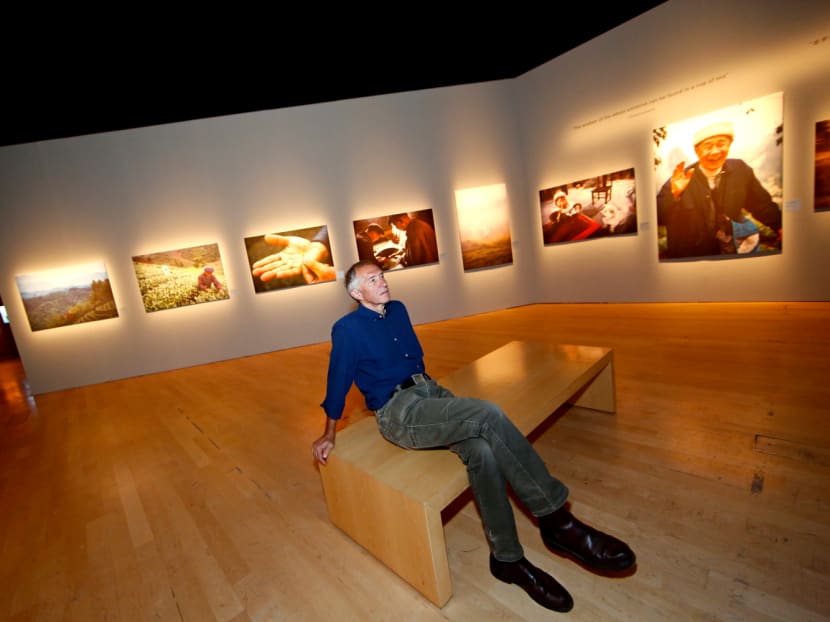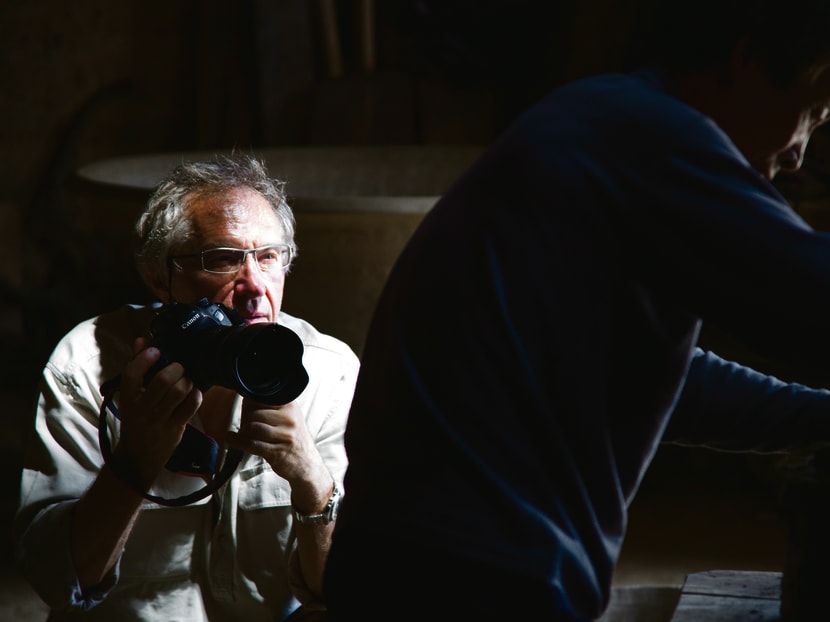Acclaimed photographer Eric Valli tells the stories behind his Living Yangtze exhibition
SINGAPORE – He has shot breathtaking commercials for fashion houses Hermes and Louis Vuitton; his film, Himalaya, was the first Nepalese film to be nominated for Best Foreign Film at the Oscars in 2000; and he has been honoured with three World Press Awards.


SINGAPORE – He has shot breathtaking commercials for fashion houses Hermes and Louis Vuitton; his film, Himalaya, was the first Nepalese film to be nominated for Best Foreign Film at the Oscars in 2000; and he has been honoured with three World Press Awards.
But Frenchman Eric Valli played down these achievements. “I don’t consider myself a great photographer, I’m just a traveller who’s a good story-teller,” the 62-year-old explained, adding that he feels he has only taken one or two great photos. And vivid storytelling is what he has done in a series of photos and short films examining the lives of communities still living along China’s Yangtze River for Swarovski Waterschool. The series is currently being exhibited at the ArtScience Museum. “I hope my work is a bridge between people. I was very touched and happy when the Chinese who saw the exhibition in Shanghai’s Jing’an Park last month thanked me for showing them a side of their country they didn’t know or had forgotten about.”
Q: What inspired you to work with Swarovski Waterschool to document the communities of Yangtze?
A: Swarovski first started its Waterschool (project) 15 years ago to educate communities about the importance of water and its sustainability. It has schools on different rivers including the Yangtze. Nadja Swarovski (great-great-granddaughter of Swarovski founder Daniel) approached me in 2013 to brainstorm on a project we could work on together.
We knew that the Yangtze isn’t in a good shape, but we thought that perhaps there were some areas, which were still untouched that we should show. I didn’t want to document the pollution there — which had been brilliantly captured by Chinese photographer Liu Guang — so I spent six months travelling through Yangtze to rediscover these national treasures of China, such as Naxi farmers and the dragon kiln, which are disappearing. I went with a very good translator and a fixer/guide. We got lost, stayed in villages and experienced the rich warmth and culture of the Chinese. It was a beautiful experience to show another side of China — beyond the mega airports and skyscrapers of the cities.
Q: You also spent a lot of time in Nepal. What fascinates you about the country?
A: It’s difficult to explain. It’s like what makes you fall in love with one person and not another. I first visited Nepal when I was 20 years old in 1973. I woke up in a hotel in Kathmandu, wasn’t quite sure where exactly I was, and walked around listening to the ringing bells around Durbar Square. It was an amazing atmosphere and I just fell in love. It felt like I was looking for a place like this my whole life. I’m now working on a documentary about how the Nepalese are coping after the earthquake. It’s a story of tolerance and courage and I hope it would be ready by April 25 next year to mark the one-year anniversary of the quake.
Q: What are your favourite places in Nepal?
A: Dharan, Bhaktapur and Pokhara. They’re all beautiful and ancient. It’s important not to just be a tourist, but a traveller. A tourist tends to miss the everyday things of a place, but a traveller learns from its people and about its character.
Q: How do you manage to get close to the people you shoot while on your travels?
A: I think it’s because I want to learn from them. I ask them if they can be my teachers and show me what they do so I can record it. I bring a book and show them some of my photos and so far, I haven’t had a single no. I think it’s very important to be sincere, to give them your attention; and once you get the chance to shoot, to stop thinking. That’s when the magic happens.
Living Yangtze by Eric Valli for Swarovski Waterschool is currently exhibiting at ArtScience Museum till Oct 27.





